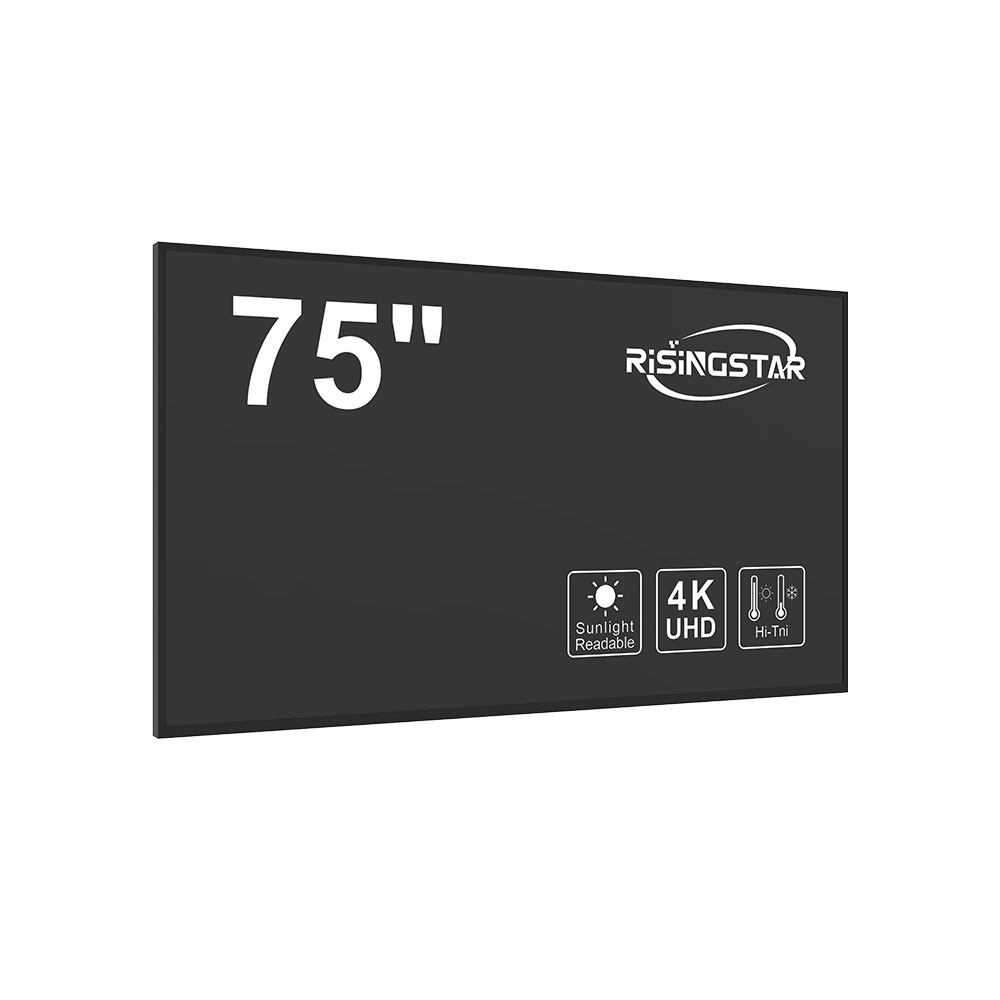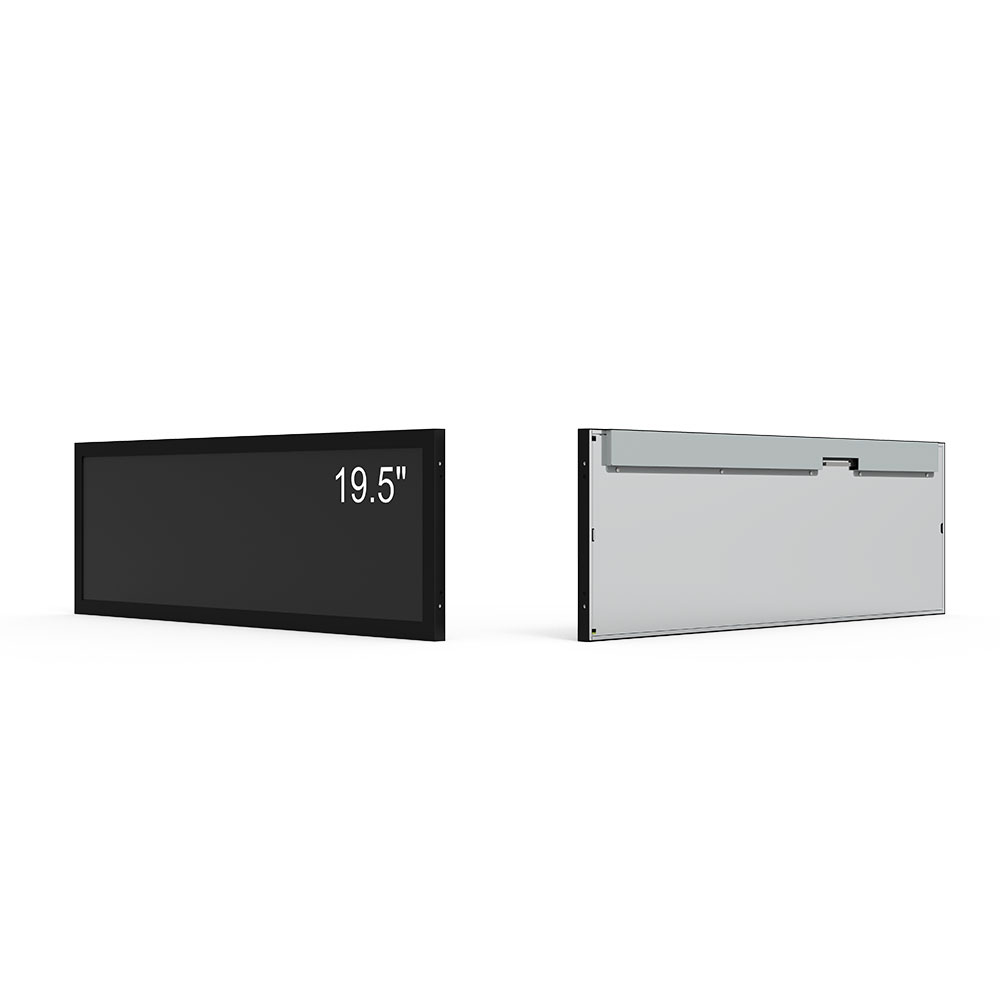
Privacy statement: Your privacy is very important to Us. Our company promises not to disclose your personal information to any external company without your explicit permission.
When it comes to outdoor digital signage, selecting the right splicing screen is critical for performance, durability, and visual impact. A splicing screen—often referred to as a video wall or modular display system—is composed of multiple LCD panels seamlessly joined together to create a larger, unified display. These systems are increasingly popular in public spaces such as shopping malls, transportation hubs, stadiums, and retail environments where high visibility and continuous operation are essential.
The key to success lies in understanding the core specifications that define an effective outdoor splicing screen. First, brightness must be considered—it’s not enough to rely on standard indoor display brightness levels. Outdoor screens typically require at least 5000 nits to remain visible under direct sunlight, with some high-end models reaching up to 10,000 nits. This ensures content remains clear even during peak daylight hours.
Second, environmental resistance matters. Look for IP65 or higher ratings, which protect against dust and water ingress. Outdoor conditions like rain, wind, and temperature extremes demand robust enclosure designs and heat dissipation systems. Thermal management is crucial to prevent overheating and maintain long-term reliability—a common issue in poorly engineered splicing displays.
Third, pixel pitch and resolution should align with viewing distance. For outdoor applications, a pixel pitch between 2.5mm and 6mm offers the best balance of sharpness and cost-efficiency. Larger screens used for advertising or announcements benefit from wider pitches, while close-up viewing (e.g., at kiosks) demands finer resolution.

Finally, seamless integration and control software play a major role. Modern outdoor splicing screens often support HDMI, SDI, and network-based input options, along with centralized management platforms for scheduling, remote diagnostics, and firmware updates. Compatibility with existing AV infrastructure—such as media players, cloud services, or content management systems—is essential for smooth deployment.

For businesses looking to invest in durable, scalable outdoor digital solutions, choosing a splicing screen designed specifically for outdoor use—not just a modified indoor panel—is vital. These specialized systems combine weatherproof construction, high-brightness LED backlighting (or advanced LCD tech), and intelligent power-saving modes to reduce operational costs while maximizing uptime. Whether for dynamic advertising, wayfinding, or real-time information delivery, the right splicing screen delivers both visual clarity and long-term ROI.
Email to this supplier

Privacy statement: Your privacy is very important to Us. Our company promises not to disclose your personal information to any external company without your explicit permission.